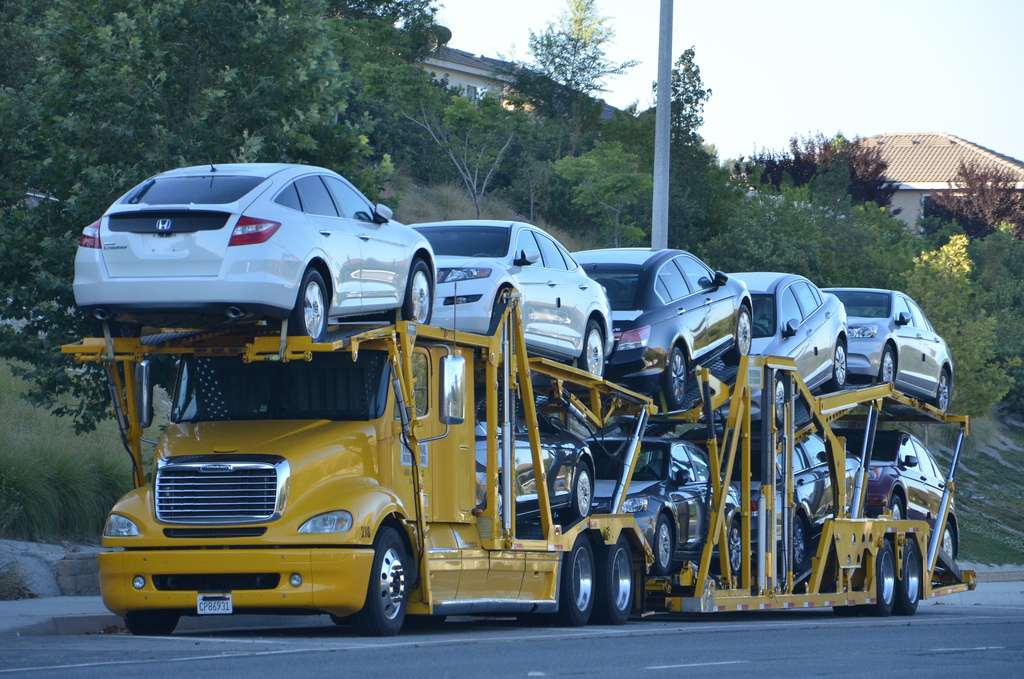Moving your vehicle from one place to another can involve a few options – towing, hauling, driving or shipping. Each method has its pros and cons. In this article, we explore each option in detail to help you choose the best one for your needs.
Hauling your vehicle – Towing your vehicle
Towing involves attaching your vehicle to a tow truck and transporting it while it is still running on its own wheels. Here are some key points about towing:
Pros of towing
- Least expensive option for shorter distances within a few hundred miles
- Your vehicle remains in your control and can be retrieved easily if needed during transit
- Doesn’t require disassembling or packing the vehicle
Cons of towing
- Adds wear and tear to the vehicle’s transmission, brakes, steering and other components during the tow
- Speed has to be kept low for safety which increases travel time
- Not suitable for long distances over 500 miles as it becomes costlier than other options
- In some states, towing behind an RV or motorhome is prohibited on certain highways
In general, towing is best for shorter distances up to a few hundred miles within a state or nearby region. Make sure to check your local DOT rules on towing limits and safety equipment required.
Hauling your vehicle
When hauling, the vehicle is secured on a flatbed truck and transported without its wheels touching the ground. Here’s a quick overview of vehicle hauling:
Pros of hauling
- Safer than towing for longer distances as there is no stress on vehicle components
- Faster transit times compared to towing as no speed restrictions apply
- Suitable for transporting classic/collectible cars carefully
Cons of hauling
- More expensive than towing for shorter distances
- Vehicle needs to be properly secured which requires extra time and labor costs
- Potential risks of scratches or minor paint damage while loading/unloading
Hauling is best for one-way trips spanning 500-1500 miles. It’s generally a cost-effective option for longer distances versus towing or driving yourself.
Driving your vehicle yourself
Packing up and road tripping to your destination allows you to retain full control. Here are some points to consider:
Pros of self-driving
- Least expensive for long distance moves beyond 1500 miles
- Fun road trip experience and flexibility to stopover as needed
- Avoid risks of transit damages that come with towing/hauling
Cons of self-driving
- Time commitment required based on miles – plan for rest stops
- Higher fuel and incidental costs like food versus a single trucking fee
- Stress of long hours behind the wheel – not recommended alone
- Vehicle wear and tear from continuous highway driving
Self-driving is best if you have the time and willingness for a road trip. For very long distances beyond 1500 miles, it can end up being cheaper than trucking.
Hauling your vehicle – Getting your vehicle shipped
Vehicle shipping involves loading cars onto an enclosed transport trailer for door-to-door delivery without you driving along. Let’s review the shipping option:
Pros of vehicle shipping
| Factor | Advantage |
| Time savings | Frees you up to focus on your relocation/travel plans versus driving yourself |
| Convenience | Vehicle is delivered directly without you having to receive/transport it yourself |
| Safety | Avoid risks of accidents that come with self-driving long distances |
Cons of vehicle shipping
- Most expensive option costing $500-1,200 depending on distance, vehicle size/type
- Transit time estimates may vary in unforeseen traffic or weather conditions
- Slight risk of damages due to handling that come with loading/unloading operations
Vehicle shipping is best for relocations across long distances 1500+ miles or for moving collector/classic cars carefully. The convenience factor makes it worth paying extra for eligible candidates.
Hauling your vehicle Parting Words
Towing is cheapest for short distances up to 500 miles, hauling works well from 500-1500 miles, self-driving becomes competitive beyond 1500 miles, while shipping provides maximum convenience across all lengths. Consider your budget, time, vehicle type and distance to choose the most sensible transportation method.

